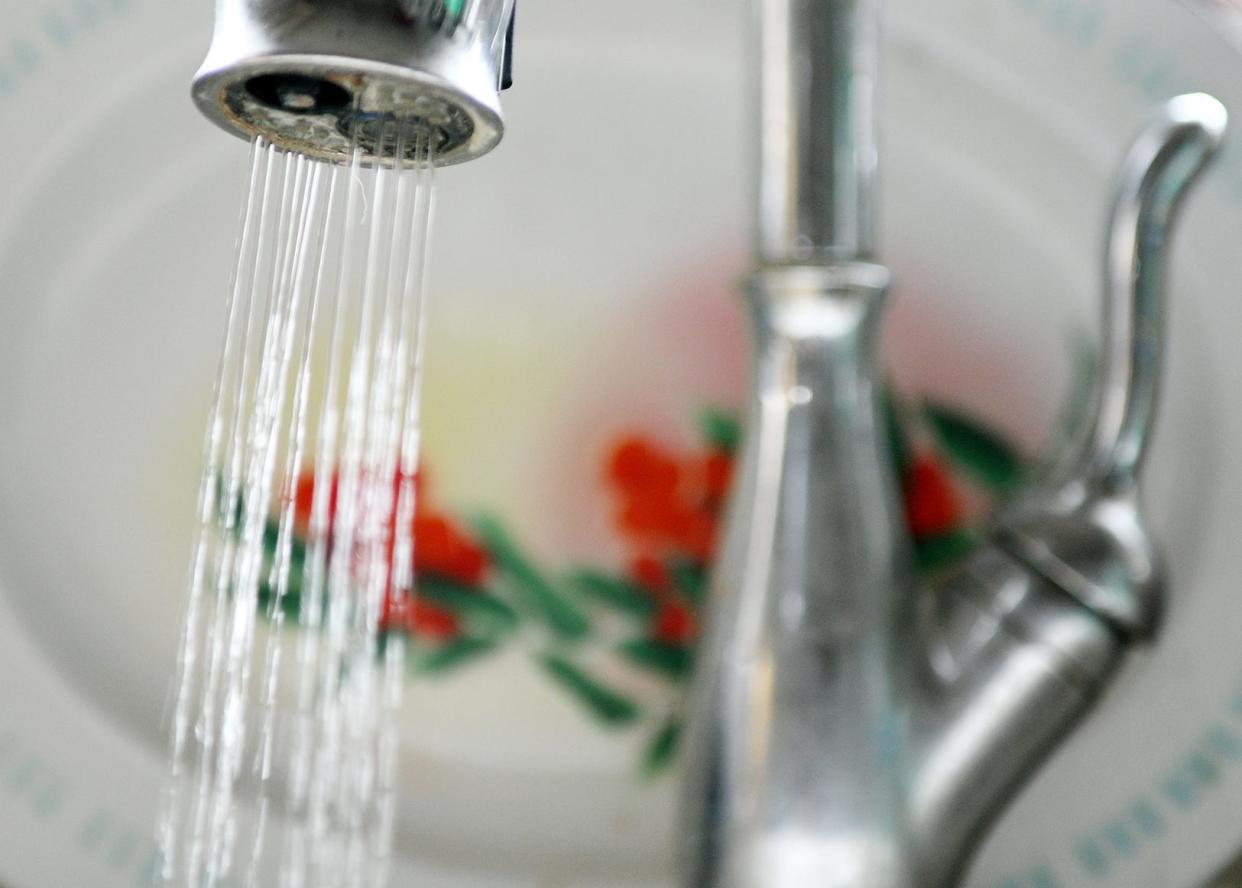Many kitchen sinks are riddled with harmful microbes. Learn here how to get rid of them.

The sink is among the most important parts of a kitchen, and a common touchpoint in every home. Given the frequency of use and with all the stuff we put in a kitchen sink, there is usually a high concentration of germs.
Think of all the instances you wash garden dirt off your hands, raw chicken is rinsed, debris is scrubbed off fresh fruits, or dirty plates and utensils are cleaned.
Germs that cause foodborne illnesses can and will find your kitchen sink. Sometimes, elbow grease is needed to remove the dirt from plates, bowls, and produce but just doesn’t do enough. These germs can be very stubborn and stick to the sink even after it has been scrubbed.
Germs are not visible. We refer to them as ‘microbes’ or ‘microorganisms’. Care is needed to keep food safe around the kitchen sink.
When moisture is present, the sink can become a conducive place for the microorganisms to increase in concentration and become harmful. This is usually in the form of bacteria, yeast, or mold. For example, bacteria in the kitchen sink can find their way onto human hands and this action describes “cross-contamination”.
Campbell Vaughn: Crape myrtle bark scale is back and looks to be a big problem this year
When such action happens, germs on human hands find their way to the food items especially those eaten in the raw form. The kitchen sink can have more germs than one would think.
If 100 homes were to be randomly sampled, don’t be surprised to find over 80% of the kitchen sinks are likely dirty. Some kitchen sinks might not pass the germ-free zone which might reflect the level of care.
Just cleaning the kitchen sink with soap and water is not enough. Making the kitchen sink safe requires two major steps: cleaning and sanitizing.
Cleaning the kitchen sink requires the use of hot or warm soapy water, which should be allowed to foam. With the help of a good sponge, a careful scrub can be carried out on the sides and bottom part of the kitchen sink. Make sure to allow the water to drain off properly. This is then followed by a clean wipe using a single-use paper towel.
Sanitizing the kitchen sink is the next major step, and this can be carried out in two ways. One is to spray a mix of white vinegar and water in equal measure in the kitchen sink followed by air drying. Another is the use of a sanitizer like Lysol No Rinse or Purell Surface, which also is sprayed followed by air drying. Sanitizers can be homemade and one tablespoon of liquid chlorine bleach in a gallon of water can help to achieve this. Sanitizers and sanitizing wipes are readily available.Both cleaning and sanitizing should be a regular activity. If the kitchen sink is used to prepare raw poultry or meat, clean and sanitize immediately afterwards.
Most sinks have a strainer that helps keep big junk out of the drainpipes, which can cause blockages. Scrubbing the strainer twice a week is important to help reduce the presence of these nasty germs.
Do not forget to wash your hands after all the kitchen sink cleaning and sanitizing efforts. Anti-germ ingredients in hand soaps can last for about four hours, which would help prevent personal infection.
Immediately after you have washed your hands, use single-use paper towels to wipe the faucet handles. This is because the faucet handles can have germs from the last person that used it.
Charles Odilichukwu R. OkpalaExtension Agent, UGA Augusta-Richmond Extension Office
This article originally appeared on Augusta Chronicle: Keep your kitchen sink free of harmful germs with these tips

